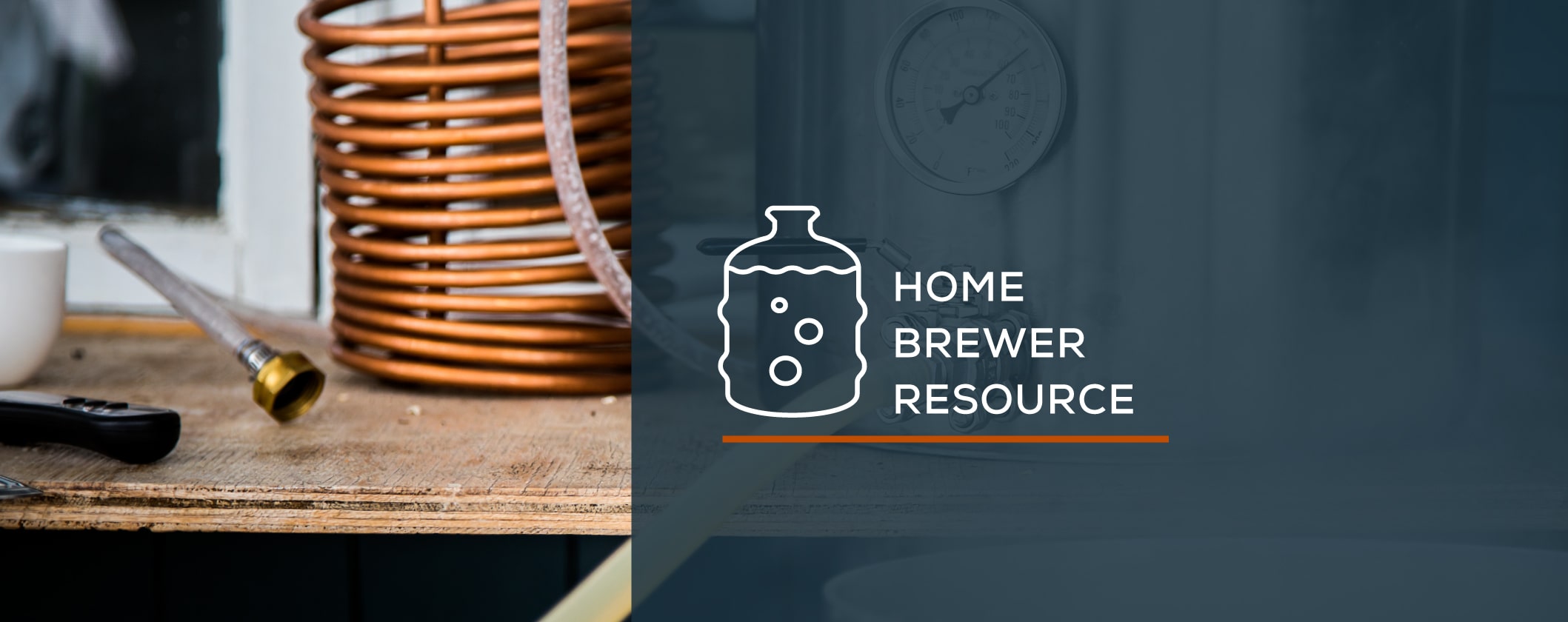High Gravity Brewing

HIGH GRAVITY BREWING
Brewing beers with high original gravities (above 1.065) requires some modifications to normal brewing procedures. Factors that will determine success or failure in high gravity brewing are pitch rates, nutrient addition and oxygenation.
PITCH RATES
Increased wort gravity causes increased stress on yeast due to increased osmotic pressure and increased alcohol levels. It is necessary to increase your pitch rates when increasing the wort gravity. A general rule of thumb is to pitch one million cells per milliliter per degree plato for high gravity ales. Therefore, a 20 °Plato (1.080 SG) wort would require 20 million cells per mL. For high gravity lagers, we recommend pitching at least 1.5 million cells/mL/°P.
Homebrewers will either need to pitch more packages of yeast or make a starter. When using an Activator, 1 package into 5 gallons (19 L) will give around 6 million cells per mL. This is clearly too low for high gravity brewing and will cause inconsistent results and usually high terminal gravities. Depending on the original gravity, 2 to 4 Activators will be required for a direct pitch, or a 2.0-2.5 liter starter should be made to achieve 12 to 20+ million cells per mL for 16 to 20+ °P wort. If using a Wyeast blended culture for your brew, it is not advisable to propagate as culture ratios will change.
| Batch Volume | Original Gravity / Density | Starter Volume (Liters) | # Activators |
|---|---|---|---|
| 5 gal (19 L) | 1.065 – 1.074 / 16 – 18 °P | 2.0 | 1 * |
| 5 gal (19 L) | 1.074 – 1.082 / 18 – 20 °P | 2.0 – 2.5 | 1 * |
| 5 gal (19 L) | 1.082 – 1.105 / 20 – 25 °P | 2.5 | 1 * |
*High gravity fermentations always perform best with fresh yeast. We recommend planning your starter with yeast that is at least 4-5 months from the Best if Used By date. If it is older, we suggest pitching an additional Activator in your starter. Never use an Activator for a high gravity beer if there is very slow or no swelling when activated.
NUTRIENT
Essential nutrient levels are typically reduced during high gravity brewing. This is a function of either increased binding of nitrogen during boiling or dilution of essential nutrients by adjunct addition. Additions of Wyeast Beer Nutrient will restore essential nutrient levels to provide healthy fermentation.
OXYGENATION
As wort gravity increases, solubility of oxygen decreases. It is very important to compensate for the decrease in solubility by oxygenating more aggressively. When brewing high gravity beers, it is best to oxygenate with pure oxygen through a sintered stone.
YEAST SELECTION
Not all yeast strains are suitable for high gravity fermentations, making strain selection a critical decision when developing a high gravity beer. The proper yeast should be selected for the task and environment because it will need to be in good health to convert the increased glucose into alcohol, produce the right aromas and flavors for the beer style, as well as tolerate high alcohol levels during the fermentation process. It also is important to have fresh yeast for the job at hand, whether it is being direct pitched or used for a starter. Find a reliable retailer that consistently supplies Activators furthest from the Best if Used By date (at least 4 to 5 months). This gives you the best opportunity to brew high gravity styles successfully.
Recommended Strains
Several proven ale yeast strains for brewing American Barley Wine, Imperial Stout, Scotch Ale, and other high gravity beer styles:
- 1728 Scottish Ale: 12% ABV tolerance
- 1084 Irish Ale: 12% ABV tolerance
- 1056 American Ale: 11% ABV tolerance
For brewing Belgian high gravity beers such as Belgian Style Strong Ale, Saison, Trappist styles, and Triples, we strongly suggest trying:
- 1388 Belgian Strong Ale: 12% ABV tolerance
- 3711 French Saison 12%: ABV tolerance
- 3787 Belgian High Gravity: 11% ABV tolerance
- 3522 Belgian Ardennes: 12% ABV tolerance
